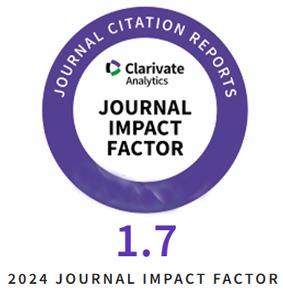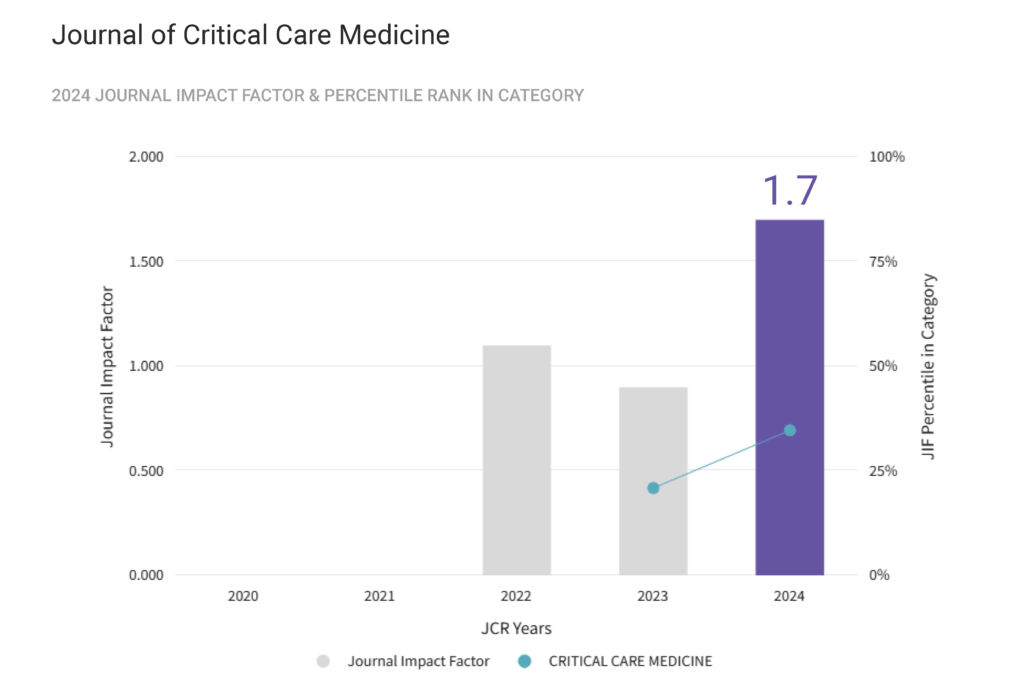Objective: Systematically examine the literature describing midodrine to treat shock and to summarize current administration and dosing strategies.
Data sources: Structured literature search conducted in MEDLINE (PubMed) from inception through May 10, 2023.
Study Selection and Data Extraction: Abstracts and full texts were assessed for inclusion by two blinded, independent reviewers. English-language publications describing use of midodrine in adult patients with shock were included. Data were extracted by two blinded, independent abstractors using a standardized extraction tool. Quality assessments were completed by paired reviewers using JBI methodology.
Data Synthesis: Fifteen of 698 (2%) screened manuscripts were included with 1,714 patients with a variety of shock types. Seven studies (47%) were retrospective, two (13%) prospective observational, and six (40%) randomized controlled studies. Midodrine was initiated to facilitate intravenous vasopressor (IVP) weaning in most (11, 73%) studies; only two (13%) reported IVP weaning protocol use. Starting doses were 10 mg every 8 hours (4, 27%) or three times a day (3, 20%), 20 mg every 8 hours (2, 13%); six studies (40%) did not report initial midodrine dosing. A midodrine titration protocol was reported in 6 (40%) studies. Thirteen (87%) studies evaluated for bradycardia, identified in 6 (46%) studies among 204 patients; only one (0.5%) patient required midodrine discontinuation. Three (20%) studies reported on hypertension with an incidence of 7-11%. Four (27%) studies assessed for ischemia; 5/1128 (0.4%) patients experienced mesenteric ischemia requiring midodrine discontinuation.
Relevance to Patient care and Clinical Practice: This review explores the pragmatic details involved in initiating, titrating, and weaning midodrine for the bedside clinician and identifies rates of adverse events and complications.
Conclusions: Published literature describing midodrine use for shock is heterogeneous and comprised primarily of low or very low quality data. Future controlled trials addressing the shortcomings identified in this systematic review are warranted.
Tag Archives: systematic review
Extracorporeal Membrane Oxygenation as Circulatory Support in Adult Patients with Septic Shock: A Systematic Review
Introduction: The utilization of extracorporeal membrane oxygenation (ECMO) in adult patients experiencing septic shock is a subject of ongoing debate within the medical community. This study aims to comprehensively address this issue through a systematic review conducted in accordance with the PRISMA guidelines.
Aim of Study: The primary objective of this study is to assess the outcomes of ECMO utilization in adult patients diagnosed with septic shock, thereby providing insights into the potential benefits and uncertainties associated with this treatment modality.
Materials and Methods: Our research encompassed a thorough search across electronic databases for relevant English-language articles published up until April 2023. The inclusion criteria were based on studies reporting on ECMO usage in adult patients with septic shock. Among the eligible studies meeting these criteria, a total of eleven were included in our analysis, involving a cohort of 512 patients. The mean age of the participants was 53.4 years, with 67.38% being male.
Results: In the pooled analysis, the mean survival rate following ECMO treatment was found to vary significantly across different ECMO modalities. Patients receiving venovenous-ECMO (VV-ECMO) and veno-venous-arterial ECMO (VVA-ECMO) demonstrated higher survival rates (44.5% and 44.4%, respectively) compared to those receiving venoarterial-ECMO (VA-ECMO) at 25% (p<0.05). A chi-square test of independence indicated that the type of ECMO was a significant predictor of survival (χ²(2) = 6.63, p=0.036). Additionally, patients with septic shock stemming from respiratory failure demonstrated survival rates ranging from 39% to 70%. Predictors of mortality were identified as older age and the necessity for cardiopulmonary resuscitation (CPR).
Conclusions: In septic shock patients, ECMO outcomes align with established indications like respiratory and cardiogenic shock. VV-ECMO and VVA-ECMO suggest better prognoses, though the optimal mode remains uncertain. Patient selection should weigh age and CPR need. Further research is vital to determine ECMO’s best approach for this population.










